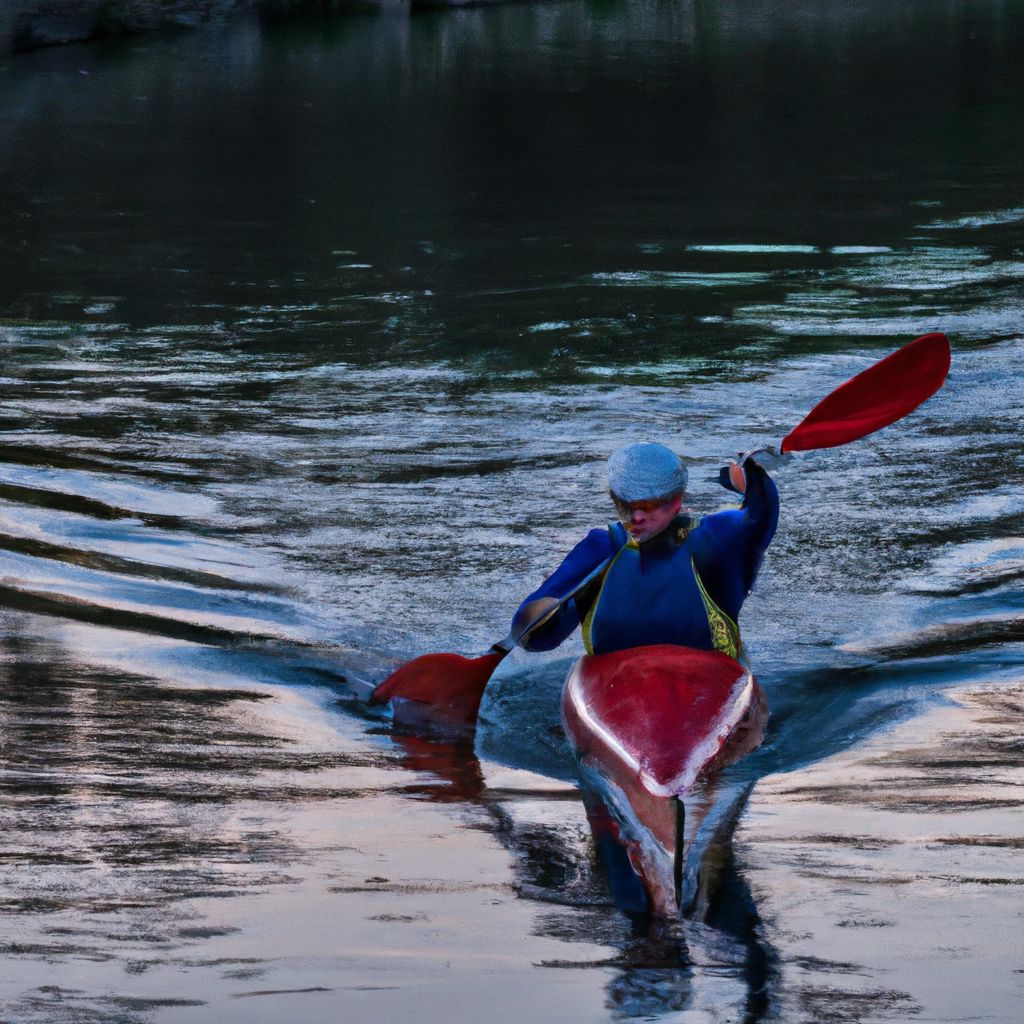- Introduction to Kayaking
- Understanding Your Kayak
- Essential Kayaking Gear
- Getting Into and Out of Your Kayak
- The Basics of Kayak Paddling
- Learning to Maneuver Your Kayak
- Advanced Paddling and Maneuvering Techniques
- Safety Tips and Best Practices
- Conclusion
Introduction to Kayaking

As an increasingly popular outdoor activity, kayaking offers a unique combination of physical exercise, mental relaxation, and a connection with nature. Its roots trace back to the Inuit, Aleut, and Yup'ik people of the Arctic regions, where kayaks were primarily used for hunting. Today, the sport has evolved into a variety of forms such as recreational, sea, whitewater, and surf kayaking, each offering a unique thrill and connection to the water.
Kayaking provides several health benefits. It is notably a low-impact activity that can improve your aerobic fitness, strength, and flexibility. Moreover, it's a great way to alleviate stress, with the calming effect of water having been proven to benefit mental health. In fact, a study published in the Journal of Leisurability found that water-based recreational activities, such as kayaking, can significantly reduce stress and anxiety levels.
Understanding Your Kayak
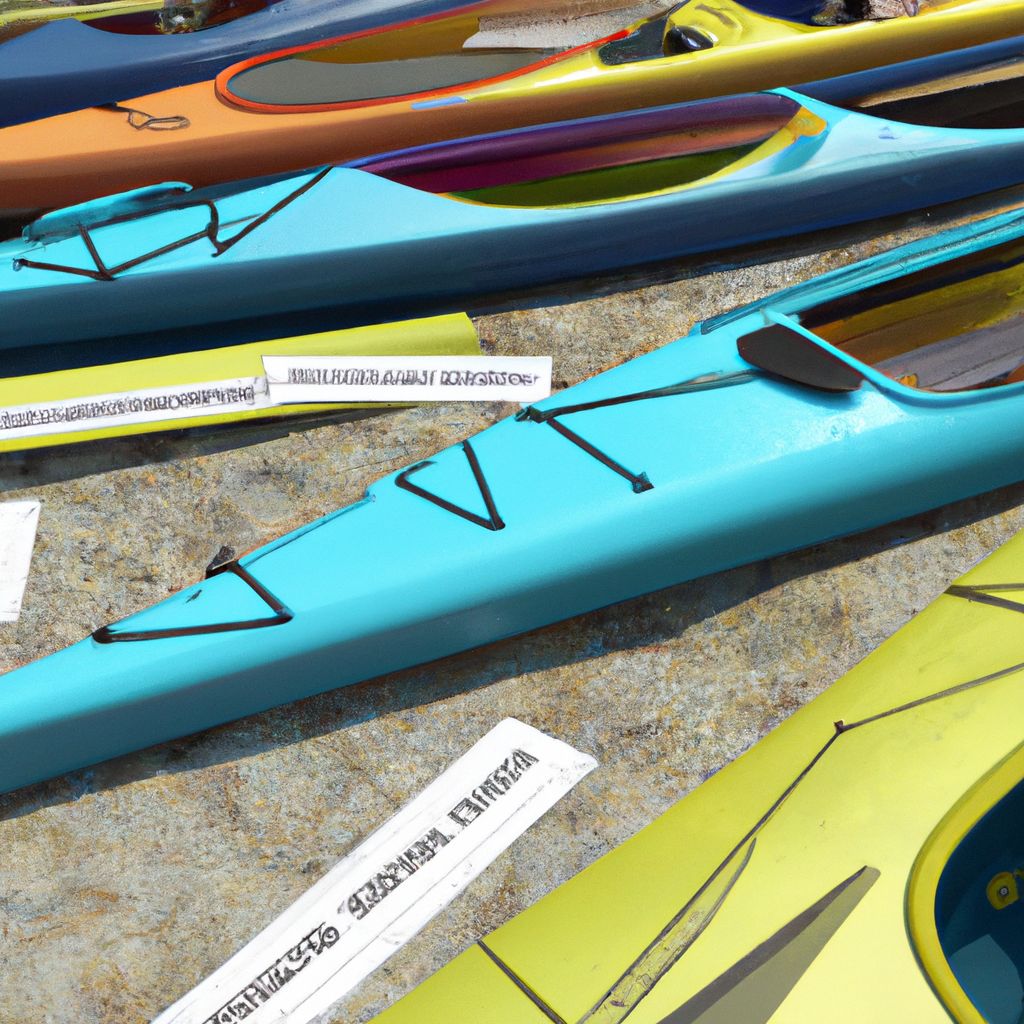
Understanding the structure and functionality of your kayak is crucial for maneuvering it with ease. The main parts of a kayak are the hull (the bottom part of the kayak), deck (the top part), cockpit (where the kayaker sits), bow (front), and stern (rear). Other important components include the paddle, seat, foot braces, and spray skirts.
| Part | Function |
|---|---|
| Hull | Provides buoyancy and stability |
| Deck | Keeps water out of the kayak |
| Cockpit | Where the kayaker sits and controls the kayak |
| Bow | Front part that cuts through the water |
| Stern | Rear part that aids in steering and stability |
There are various types of kayaks designed for different uses. Sea kayaks are long and narrow, designed for stability in rough waters. Whitewater kayaks are short and maneuverable, perfect for navigating through rapid waters. Recreational kayaks are wide and stable, ideal for calm waters and beginners.
Essential Kayaking Gear
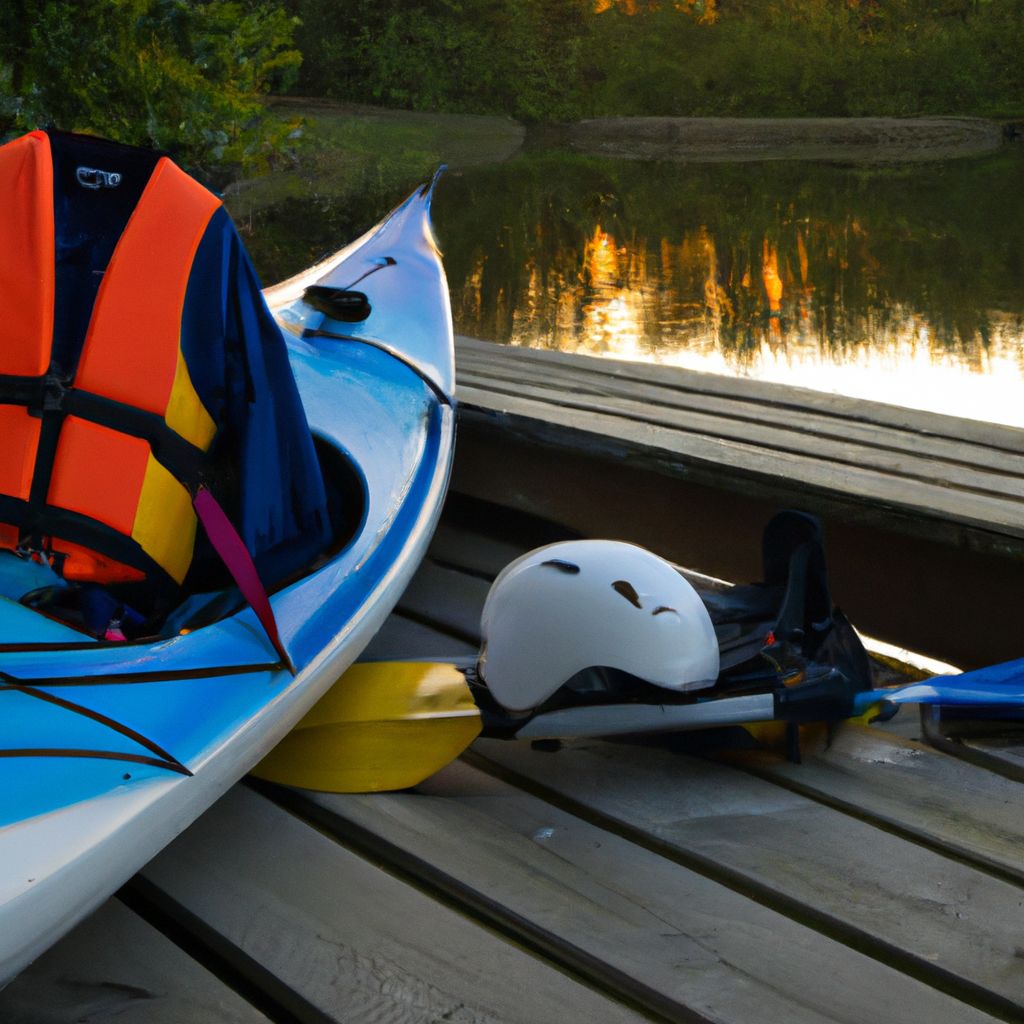
Before you hit the water, it's essential to equip yourself with the appropriate kayaking gear. This equipment ensures not only your comfort but more importantly, your safety. Here are some essential items you should have:
- Paddle: The primary tool for propelling and steering the kayak. It's important to choose a paddle of the appropriate length and weight for your height and strength.
- Life Vest: Also known as a personal flotation device (PFD), this is a non-negotiable piece of equipment. It provides buoyancy, keeping you afloat in case of a capsize.
- Helmet: Particularly necessary for whitewater and surf kayaking, a helmet protects your head from impact with hard surfaces.
- Appropriate Clothing: Your clothing should be suitable for the water and air temperature. Synthetic materials are generally preferred as they dry quickly and provide insulation when wet.
According to the American Canoe Association, wearing a life vest can reduce the risk of fatal kayaking accidents by up to 50%. Similarly, a study in the Journal of Sports Sciences found that using a properly fitted helmet significantly reduces the risk of head injuries.
Getting Into and Out of Your Kayak
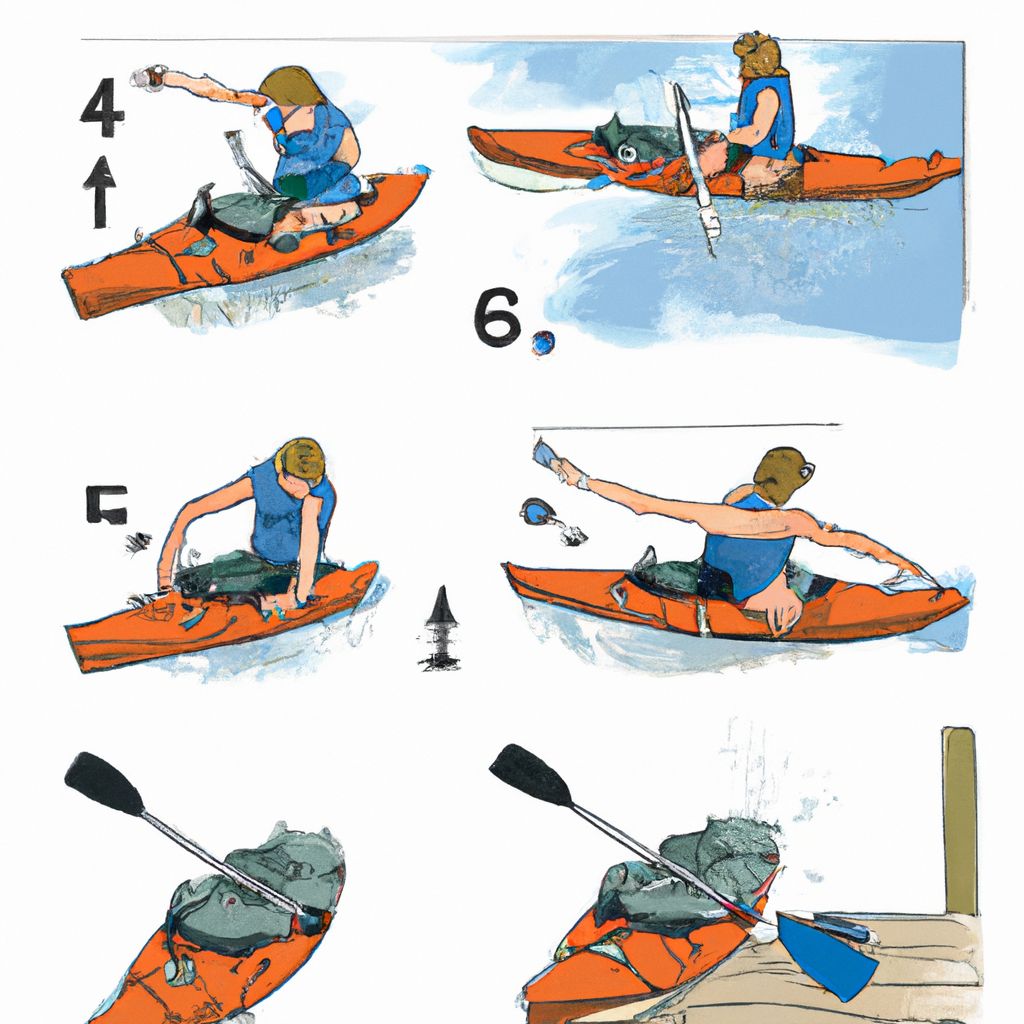
Getting into and out of your kayak may seem daunting at first, but with practice, it becomes second nature. Here are some steps to help you do this safely and efficiently:
- Place your kayak perpendicular to the shore, with the bow facing the water. Half of the kayak should be in the water, while the stern remains on the shore.
- Stand over the cockpit, holding both sides of the kayak for stability.
- Lower yourself into the seat, keeping your weight centered.
- Once seated, slide your feet into the foot braces and adjust them for comfort. Then, use your paddle to push off the shore.
- Place your kayak parallel to the dock.
- Sit on the edge of the dock, next to the kayak's seat.
- Hold onto the dock for balance as you lower yourself into the kayak.
- Slide your feet into the foot braces, then push away from the dock using your hands.
Remember, maintaining balance is key to avoid capsizing. Always keep your weight centered and avoid making sudden movements. As John Lull, a sea kayaking instructor with over 30 years of experience, advises, "Think of your hips as a universal joint, allowing the boat to move beneath you while your upper body stays balanced over the kayak."
The Basics of Kayak Paddling
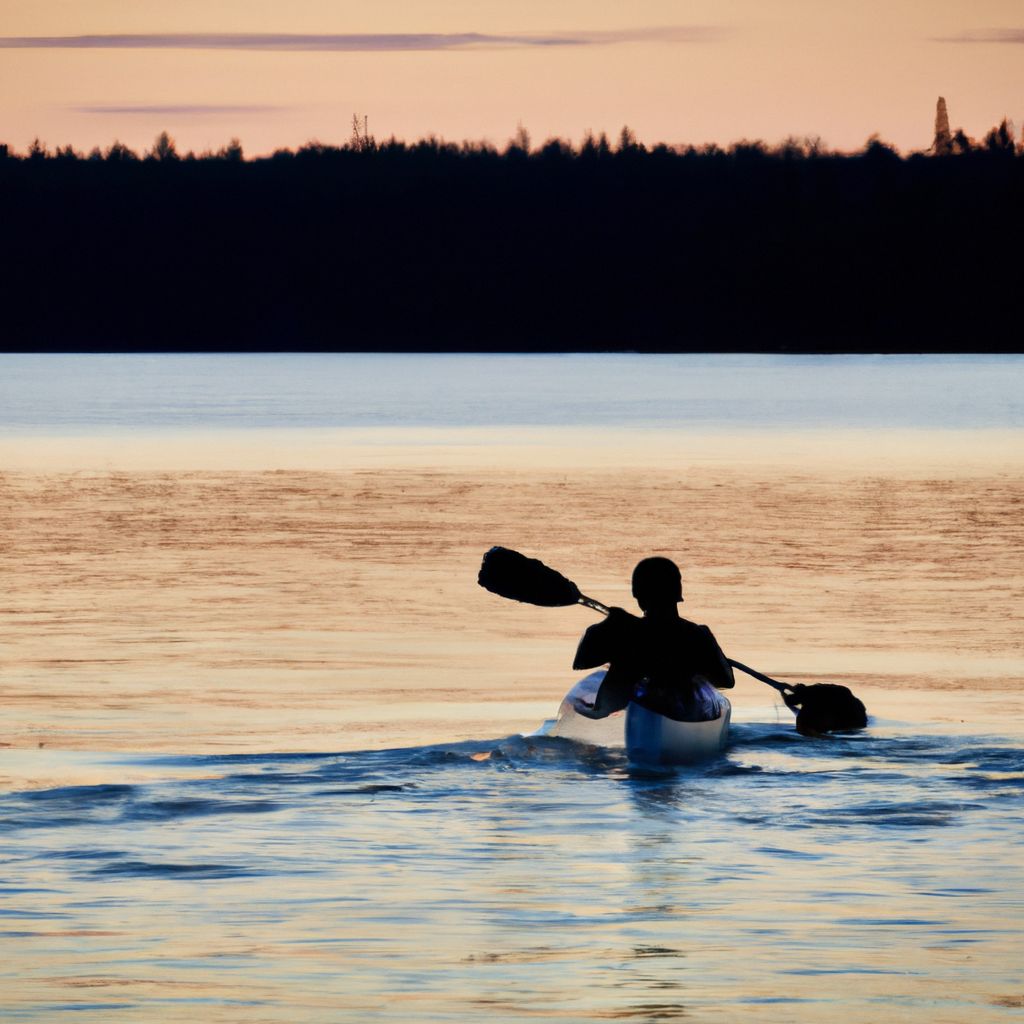
Once you're comfortably seated in your kayak, it's time to start paddling. Here are the basic techniques you'll need:
- Hold the paddle with both hands, shoulder-width apart. Your knuckles should be aligned with the blade.
- Rotate your torso and immerse one blade into the water near your feet.
- Push with your upper hand and pull with your lower hand, sweeping the blade towards the stern.
- Lift the blade out of the water when it reaches your hips and repeat the process with the other blade.
- Start with the paddle near the stern of the kayak.
- Immerse the blade into the water and push it towards the bow.
- Lift the blade out of the water when it reaches your feet and repeat the process on the other side.
- Immerse one blade into the water near your feet.
- Instead of pulling it straight back, sweep it out in a wide arc towards the bow.
- This will turn the kayak in the opposite direction of the stroke.
Remember, effective paddling is all about technique, not strength. Maintain a firm but relaxed grip on the paddle and try to use your torso, not just your arms. As professional kayaker Ken Whiting advises, "The secret to efficient kayaking is a loose, relaxed upper body." The rhythm of your strokes should be consistent, and your body should lean slightly forward.
Learning to Maneuver Your Kayak
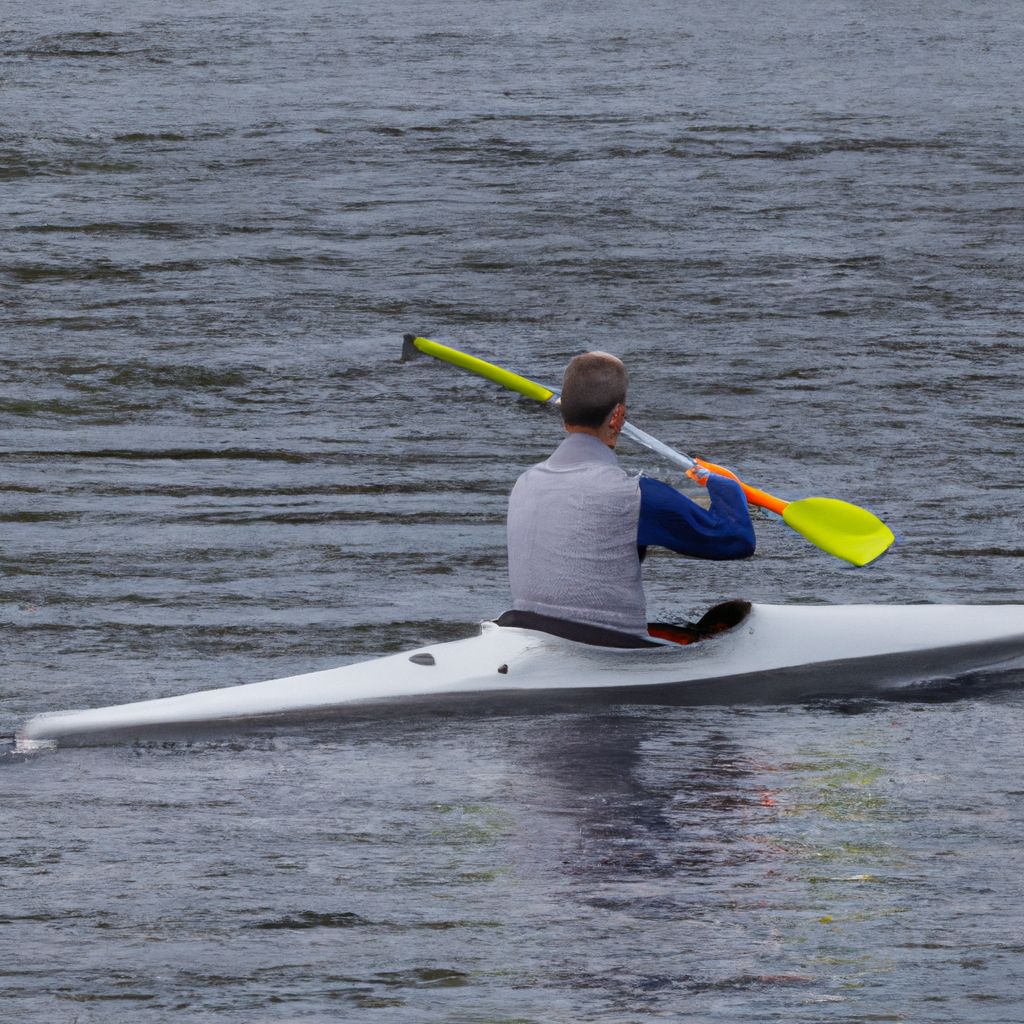
Maneuvering your kayak involves more than just paddling; it requires understanding how your kayak responds to different movements and environmental factors. Here are some techniques to help you navigate effectively:
- Shift your weight to one side, causing the kayak to lean or 'edge'.
- The kayak will naturally turn towards the opposite side.
- Lean your body in the direction you want to turn.
- Ensure your paddle is in the water on the opposite side to provide stability.
- These devices, located at the stern, can be used to aid in steering.
- The rudder can be moved side to side to steer, while the skeg can be raised or lowered to adjust the kayak's tracking.
Understanding how to use the current and wind to your advantage is also crucial. For instance, when paddling into the wind or against a current, it's more efficient to take a zigzag path rather than a straight one. This technique, known as tacking, can significantly reduce your effort.
As renowned kayaking coach Derek Hairon suggests, "The key to effective kayak maneuvering is practice. Spend time experimenting with different techniques in a safe environment to understand how your kayak responds."
Advanced Paddling and Maneuvering Techniques
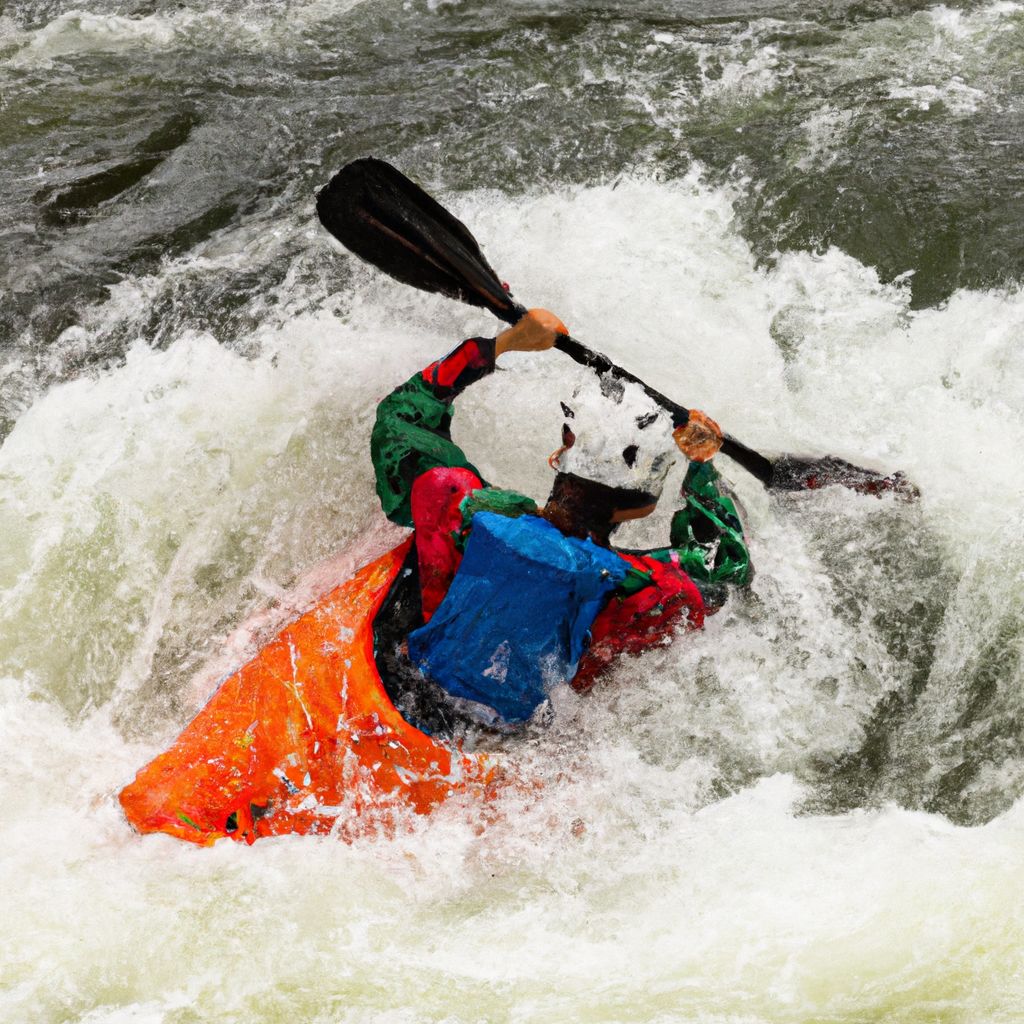
Once you've mastered the basics, you may want to take your kayaking skills to the next level. Advanced techniques such as the Eskimo roll, bracing, and navigating rapids can open up new possibilities and help you handle challenging situations. However, it's important to learn these techniques in a safe, controlled environment, ideally under the supervision of a certified instructor.
- This is a technique used to right a capsized kayak without exiting it.
- It involves a specific paddle motion and hip flick.
- Mastering the Eskimo roll can significantly improve your confidence and safety on the water.
- Bracing is a technique used to prevent capsizing.
- It involves slapping the flat surface of the paddle blade onto the water to create a supportive force.
- There are two types of braces: high brace (upper hand above the shoulder) and low brace (upper hand below the shoulder).
- Navigating rapids requires a keen understanding of water dynamics.
- You need to learn to read the river, identifying features such as eddies, waves, and holes, and knowing how to use them to your advantage.
As experienced kayaker Eric Jackson puts it, "Advanced kayaking is not about battling the river, but dancing with it." Remember, safety should always be your priority, so don't rush to try these techniques until you're ready.
Safety Tips and Best Practices

While kayaking is an enjoyable sport, it also comes with potential risks. Here are some safety tips and best practices to ensure a safe and enjoyable kayaking experience:
- Check Weather Conditions: Before heading out, check the weather forecast. High winds, storms, and rapidly changing temperatures can make kayaking dangerous.
- Inform Others of Your Trip Plan: Always let someone know your kayaking plan, including your intended route and return time.
- Stay Within Your Skill Level: Don't attempt to navigate waters or weather conditions beyond your skill level. Gradually build up your skills and experience.
- Know What to Do in Case of Capsizing: Understanding how to right your kayak or wet exit in case of capsizing is crucial. If you capsize, stay calm, hold onto your kayak and paddle, and signal for help if necessary.
The American Canoe Association stresses that understanding and following safety guidelines can significantly reduce the risks associated with kayaking. As professional kayaker Emily Jackson advises, "Kayaking is about respecting the power of nature and knowing your limits. Safety should always come first."
Conclusion
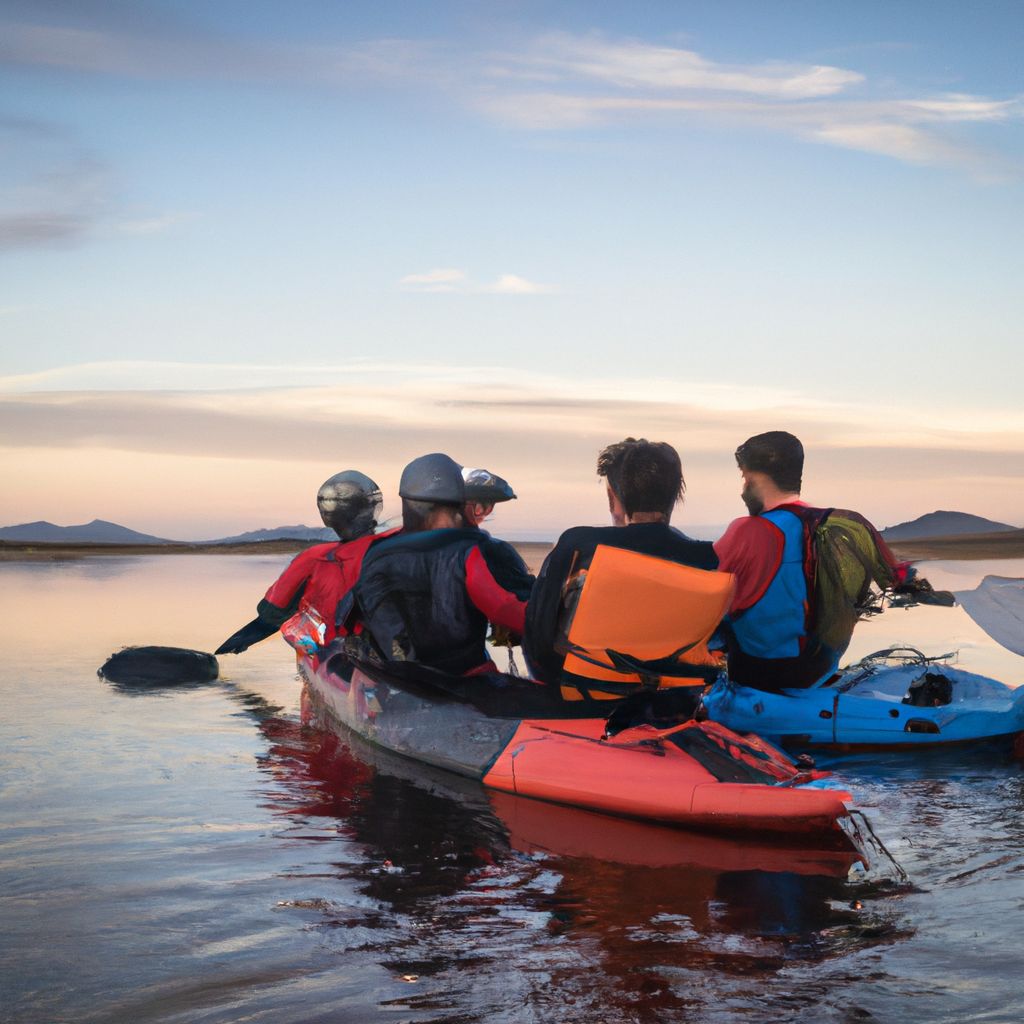
In conclusion, kayaking is a rewarding sport that offers physical exercise, mental relaxation, and a unique connection with nature. Understanding your kayak and mastering the basics of paddling and maneuvering are essential for a smooth kayaking experience.
While advanced techniques like the Eskimo roll, bracing, and navigating rapids can enhance your skills, they should be learned in a safe, controlled environment. Always remember that safety comes first - stay informed about the weather conditions, inform others of your trip plan, and stay within your skill level.
As you venture into the world of kayaking, take the time to enjoy the rhythm of your paddle, the rippling water, and the tranquility of nature. Happy kayaking!


